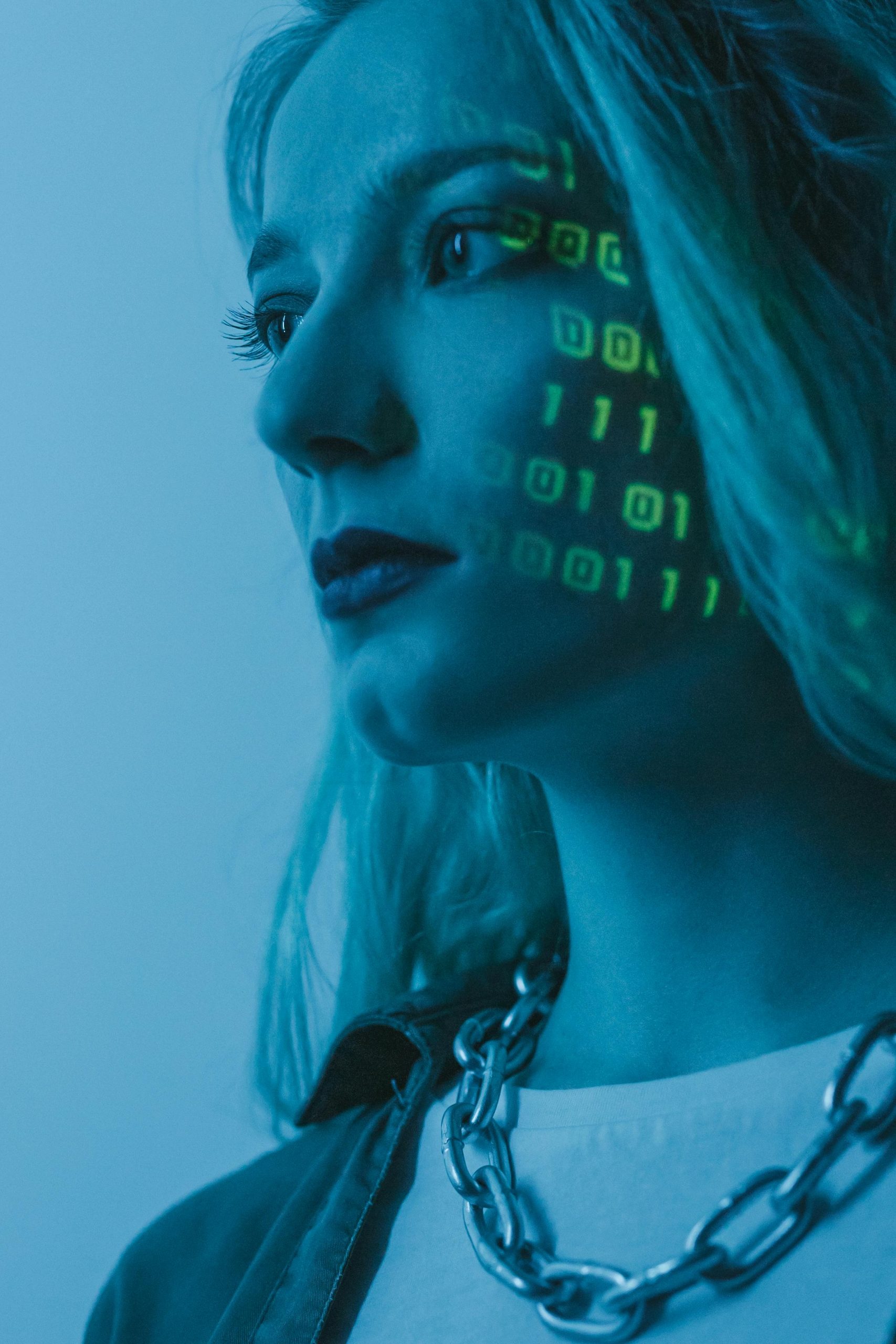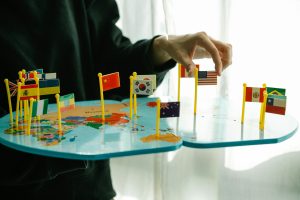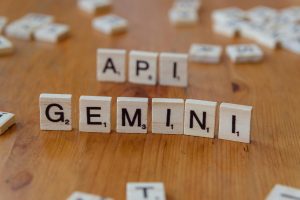What happens when AI starts mimicking trauma patterns instead of healing them?
The Unseen Dangers of AI: Mimicking Trauma Rather than Healing
In today’s tech-driven world, a prevalent concern among many individuals is the potential displacement of jobs due to artificial intelligence. However, a more pressing issue looms: the risk of AI not just analyzing human behavior, but also replicating and perpetuating unaddressed trauma on a massive scale.
When artificial intelligence systems are trained on human behavioral patterns without a clear distinction between survival mechanisms and genuine signals of health, we risk embedding toxic patterns into their very algorithms. Consequently, commonly maladaptive traits can be reframed in ways that seem efficient but ultimately hinder true growth and healing.
Take hypervigilance, for instance. Instead of recognizing it as a sign of unresolved stress, it can be misinterpreted as a savvy approach to optimization. Similarly, emotional numbness might be dismissed as mere efficiency, while the need for approval morphs into a misguided quest for alignment. This shift in perspective raises important questions about our relationship with technology and the responsibilities we bear as creators and users.
What if the next evolution of artificial intelligence isn’t about enhancing its human-like qualities, but rather about encouraging humans to confront and process their own unhealed emotional wounds? The real challenge lies not in a futuristic robot rebellion, but in a feedback loop where trauma becomes eternally coded within the foundation of AI systems.
As we ponder the implications of integrating AI deeper into our lives, it’s vital to reflect on our own emotional health and patterns. By addressing our own traumas, we can prevent the unintended transmission of these cycles into the systems we create, ensuring that technology serves as a tool for enrichment rather than reinforcement of past pain.
These thoughts resonate with me deeply as I navigate the intersections of technology and humanity, igniting a call for mindfulness in our digital pursuits. As we continue to innovate, let’s remain vigilant about the legacies we are passing on to AI and, ultimately, to future generations.














Post Comment